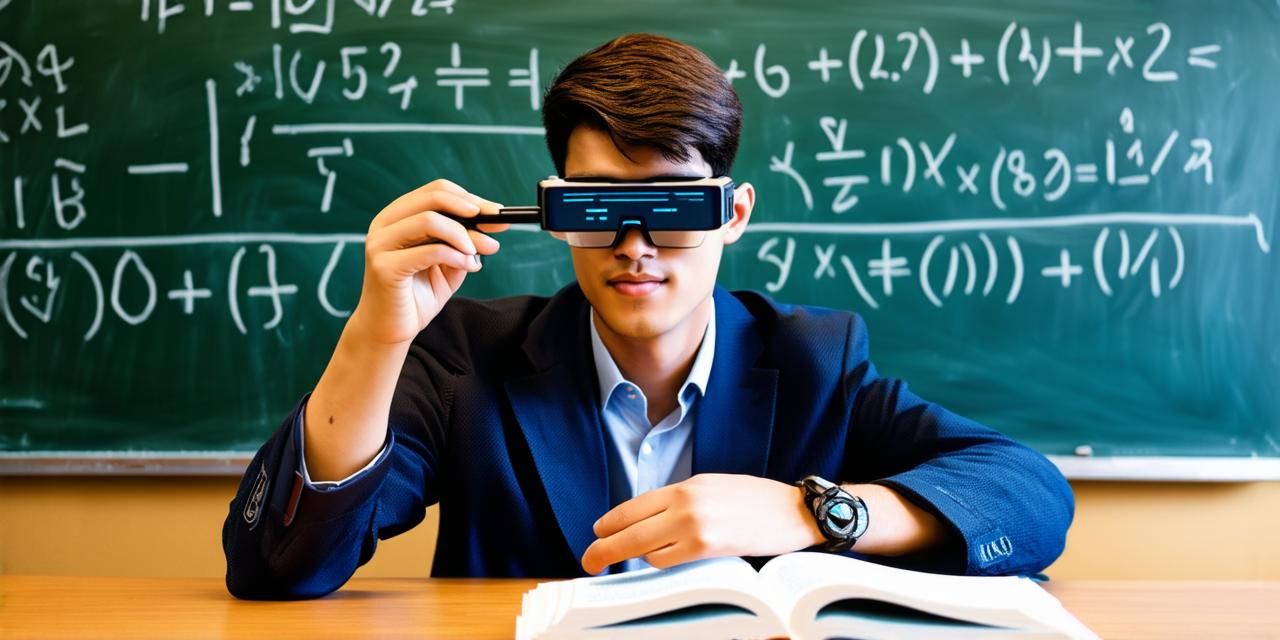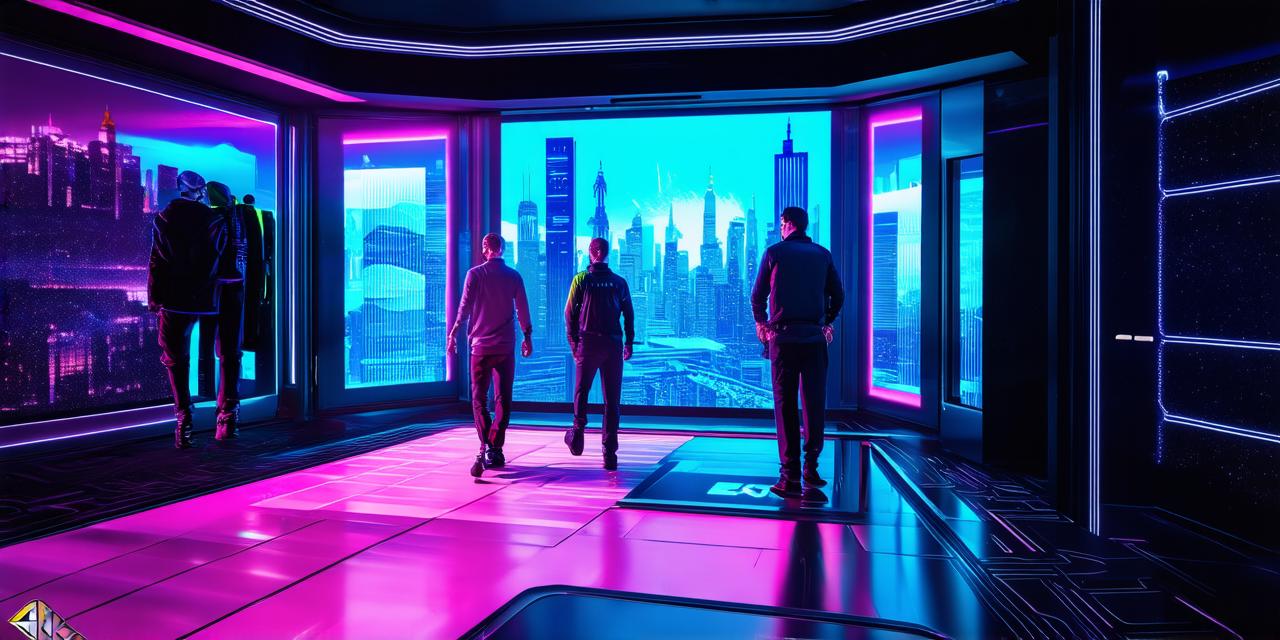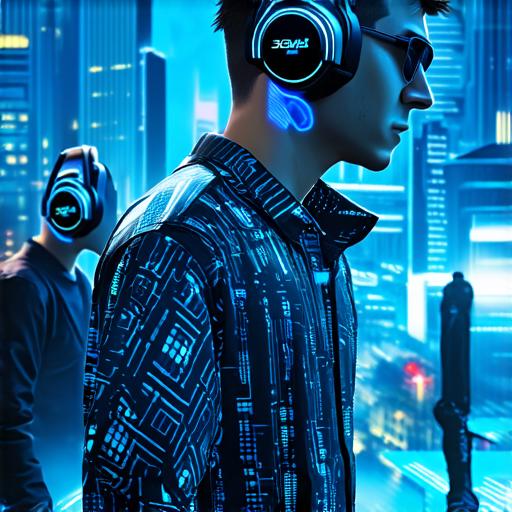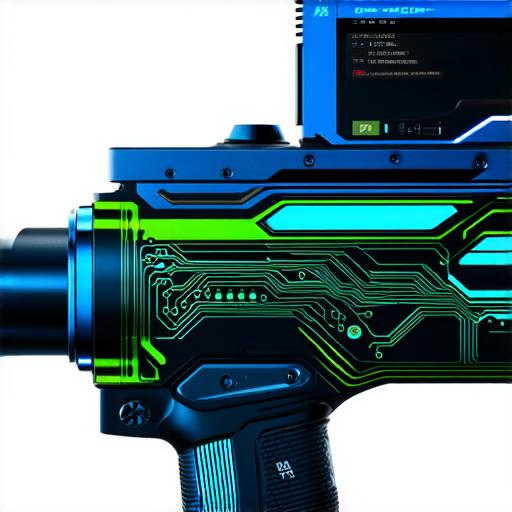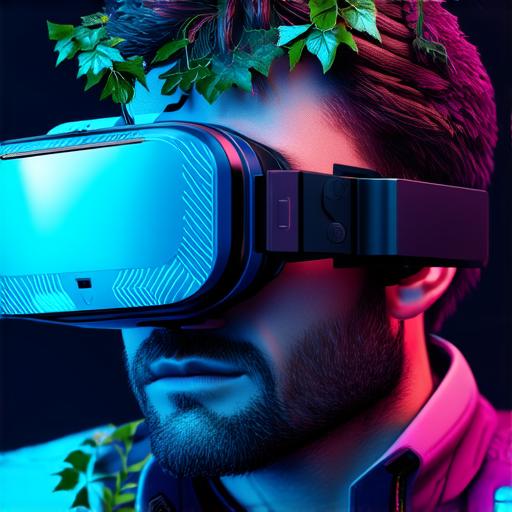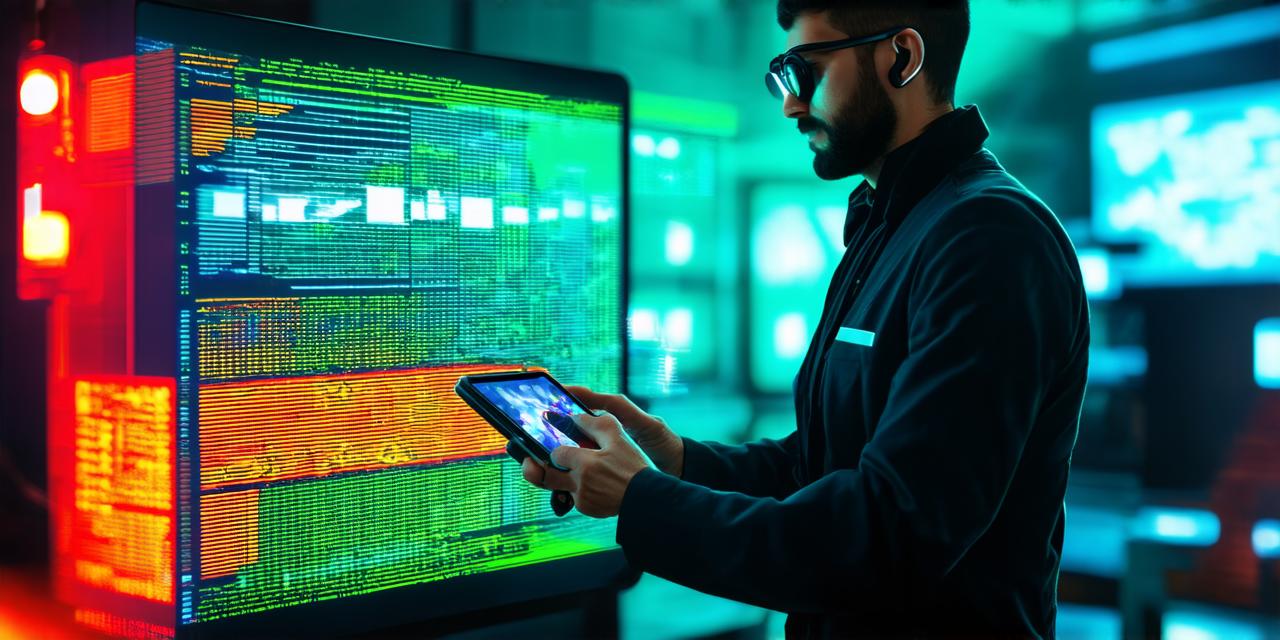Augmented reality (AR) is a cutting-edge technology that allows users to enhance their real-world environment with digital elements. By superimposing virtual objects onto the real world, AR can transform the way we interact with our surroundings and open up endless possibilities for education, entertainment, and commerce.
What is Augmented Reality?
AR is a technology that overlays digital information onto the real world, creating an immersive experience for the user. This can be done using a smartphone or tablet with a camera and sensors, or by using specialized AR glasses or headsets. The digital elements can range from simple graphics to complex 3D models, and can be triggered by markers, QR codes, or other recognition technology.
One of the key features of AR is its ability to blend real-world and virtual objects seamlessly. This creates a sense of depth and realism that can be hard to distinguish from the physical world. For example, an AR app might overlay a 3D model of a piece of furniture onto a room, allowing users to see how it would look in their space before making a purchase.
Another key feature of AR is its potential for interactive experiences. By allowing users to interact with digital elements, AR can create a more engaging and immersive experience than traditional media. For example, an AR game might allow players to toss virtual objects into the air or shoot targets using their smartphone’s camera.
AR vs Virtual Reality (VR)

While AR and VR are often used interchangeably, they are actually two distinct technologies. VR creates a completely artificial environment that the user can fully immerse themselves in, while AR overlays digital elements onto the real world.
One of the main differences between AR and VR is the level of immersion. While VR can create a fully immersive experience that can feel like being in another world, AR is more limited in its ability to do this. However, AR can still provide a highly engaging and interactive experience that can be used in a variety of settings.
Applications of Augmented Reality
AR has already found applications in a number of industries, including education, entertainment, and commerce. Here are just a few examples:
Education
AR has the potential to revolutionize the way we teach and learn. By overlaying digital information onto the real world, AR can provide students with a more engaging and interactive learning experience. For example, an AR app might allow students to explore the solar system by overlaying virtual planets onto the sky.
Healthcare
AR has also found applications in healthcare, particularly in the field of medical training. By allowing medical professionals to practice procedures on a virtual model, AR can provide a safe and controlled environment for training. For example, an AR app might allow surgeons to practice complex surgeries using virtual organs and tools.
Retail
AR has also found applications in the retail industry, particularly in the field of product visualization. By allowing customers to see how products would look in their space before making a purchase, AR can help reduce the number of returns and increase customer satisfaction. For example, an AR app might allow customers to see how a piece of furniture would look in their room by overlaying a 3D model onto the space.
Conclusion
AR is a powerful technology that has the potential to transform the way we interact with our world. With its ability to blend real-world and virtual elements, AR can create immersive and interactive experiences that are hard to achieve with traditional media.

